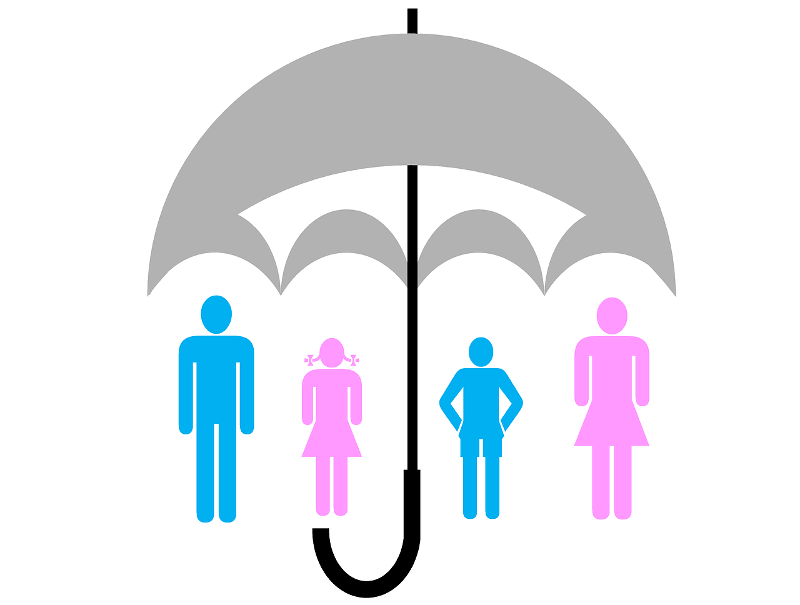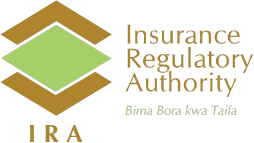What’s Micro Insurance?
Posted on 2016-11-16
Micro insurance is simply affordable Insurance products and package designed and targeted at the low income earners.
Insurance penetration in Kenya currently stands at a paltry 2.8% [compared to last year’s 3.2%] of the gross domestic product [GDP]. This low penetration could be blamed on various factors including poor saving culture, low levels of disposable income, legislation and the industry players themselves; this has led to negative perception towards insurance. This calls for aggressive consumer education and awareness campaigns. At PESABAZAAAR.com we aim the campaigns at increasing public awareness on the need and benefits of insurance. We at the same time help you choose the best insurance company for your insurance needs.
Despite our massive campaigns, the issue of affordability of insurance by low income earners who constitute the largest segment of our society remains a major challenge. Micro insurance therefore presents itself as the most appropriate mechanism the insurance industry could use in making insurance affordable to low income earners. What exactly is micro insurance?
Micro insurance is the packaging of insurance for the low income earners. Micro insurance aims at enabling low income earners manage risks such as accidents, illness, theft, death, fire and natural disasters like flood and drought. Micro insurance cover is provided in exchange for affordable insurance premium tailored to the needs, income and nature of risks faced by buyers.
The micro insurance sector has grown rapidly over the past 10 years and is expected to double by 2020, producing coverage for over 1 billion people. With it, this significant growth brings new and exciting innovations in products addressing health, agricultural, and property insurance, as well as new business models that find unique delivery methods to be sustainable. Endowment products enable individuals and groups to finance their old age as life expectancy continues to rise globally, endowment products, which pay a lump sum upon maturity or death, are becoming more relevant. People need to find ways of financing their old age.
Those targeted by micro insurance mainly comprises of the informal sector, the so-called jua kali sector, farmers, farm workers and house helps. This group lacks appropriate mechanisms to control risks consequently allowing losses to drive them into helpless situations and abject poverty given that they cannot afford conventional insurance products. It is important to note that the majority of the Kenyan population falls within this category. The government needs to enact laws keen on facilitating the insurance industry to develop affordable insurance products to serve the needs of this group.
Micro insurance of today works better with groups than with individuals because the cost of selling micro insurance to individuals is higher than that of selling to groups. Insurers also find it cheaper to underwrite group risks compared to individual risks. This is the reason the Government, Chamas, Saccos, Large corporations, Banks, Social Welfare Groups and Private Companies take advantage of their existing group structures to buy cheap insurance. Some of these groups rarely go through insurance intermediaries when insurance for their staff/members. This is their understanding of micro insurance. The question is; how do we make insurance affordable to individuals? Can NHIF [medical] and NSSF [Pension] be classified under micro insurance?
Mentioning just a few insurance and non- insurance companies who have embraced micro insurance in Kenya like CIC Group with their M-bima mix of products; this campaign has been a success. Some have tried and failed terribly like BRITAM with their Linda Jamii Medical product. Salama sure by UAP faded away 1 year into its launching. Faulu Kenya microfinance saw a successful launch of its Faulu Afya in partnership with Pioneer Assurance Company. Some insurers understood micro insurance to mean selling insurance via mobile; same conventional product. We can trace some of these challenges to our old and punitive insurance act. Most of these products focus on primary risks such as health, funeral, accident and life insurance. Product development in Kenya is another complicated process altogether hence poor marketing and distribution mechanisms.
Technology has proven to be a huge enabler for micro insurance distribution, especially through mobile telephones. This is particularly true for those micro insurance target customers who reside in rural and semi-urban areas of developing countries with limited access to traditional sales and management methods. CIC’s M-bima platform is the best example in Kenya; this has revolutionized insurance coverage among the low income earners. The one substantial challenge faced by micro insurance providers is that the services target clients who are unfamiliar with insurance, and as a result have a hard time understanding its value.
One micro insurance education success story is the CARE and Bajaj Allianz partnership created in 2008 to provide property and health insurance to people in Tamil Nadu after cyclone Nisha. In their work the team soon realized that many individuals were uninformed about what insurance actually entailed. To raise awareness about its benefits, the team put up posters, created self-help groups, and organized Bollywood-style presentations with puppets to educate potential clients. Though effective, this proved to be costly. To offset this cost, Bajaj Allianz raised the premium, which was possible because they had succeeded in making the product well known and demand was increasing (Butt).
With micro insurance growing at such a high rate, with more and more people benefiting from it each day, such innovations are very promising. With reference to India’s success in micro insurance, Kenya is geared up for the challenge. These new endowment products are more appealing to low-income clients because they counter the notion that investing the money is in “vain” when the insured event doesn’t happen. They do this by combining insurance with savings over time. For example; Grameen Shakti, SBI Life Insurance’s product, bundles a term life product that is the same price regardless of the age or gender of the policy holder, with a cash benefit on survival of the pre-determined policy term. The simple terms of the product, which include limited choices of term and of death benefit, help it reach a wider audience by allowing people who might be less familiar with insurance to better understand what they are paying for. Grameen Shakti is now offered throughout India (Rusconi).































